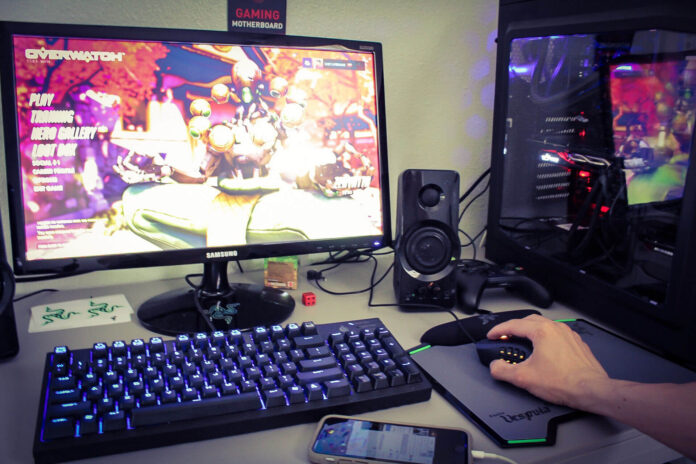STABILITY STUDIES OF PHARMACEUTICAL PRODUCTS IN INDUSTRY
PHOTOSTABILITY TESTING
- US FDA in 1996 issued ICH guidelines for Pharmaceutical industry and stated that “the intrinsic photo stability characteristics of new drug substances and products should be evaluated to demonstrate that, as appropriate, light exposure does not result in unacceptable change”
- In this, photo stability testing is recommended to be carried out on a single batch of material, however these studies should be repeated if certain variations and changes are made to the product (e.g., formulation, packaging). While D65 is the internationally recognized standard for outdoor daylight as defined in ISO 10977 (1993), ID65 is the equivalent indoor indirect daylight standard. Following this, testing of drugs in photo stability chamber is now increasingly being followed as a standard procedure, especially for the products intended to be marketed in Asian countries.
STABILITY TEST EQUIPMENT

stability chamber
- The equipment used for stability testing is called stability chamber. These are specialized environmental chambers that can simulate the storage condition and enable evaluation of product stability based on real time, accelerated and long-term protocols. They are available in both walk-in and reach-in styles.
- Smaller chambers are preferred for accelerated testing, as the retention time of products is much less in these cabinets, while the walk-in chambers are preferred for long-term testing. Such chambers or rooms are engineered and qualified to ensure uniform exposure of the set conditions to all the samples in the chamber. These chambers are expected to be dependable and rugged because of the requirement of uninterrupted use for years. They are fitted with appropriate recording, safety and alarm devices. In addition, photo stability chambers are also available and utilized both with and without temperature and humidity control.
- Two types of light sources are usually employed in photo stability chambers, one is the combination of cool white and near UV fluorescent tubes, while second are the artificial daylight lamps, e.g, xenon or metal halide. It is required to obtain a total exposure of 1.2 millions lux hours. The visible light intensity is estimated using a lux meter. The calculation is made on how many hours of exposure is needed.
OUT-OF-TREND RESULTS
- According to the ICH QIA and WHO guidance, results are considered out-of-trend (OOT) if the assay data is 5% different from the initial data for the previous batch, because the results are significantly different.
- If OOT results are generated, a formal mechanism for investigating these results is rigorously followed, as defined by Barr decision. This procedure must have the ability to evaluate the data collection procedures and, in the case of an error, identify the root cause of the error, which might have caused the difference in results. The possible reasons for the same could be a) storage of different batches of products at different locations within the chamber, b) the batches are manufactured at different times and are charged to the chamber at whatever place available. It has been reported that despite that the temperature and humidity having been same at all the points within a chamber, the air velocity still varied at different locations, and this resulted in differential moisture pick up by a hygroscopic drug. Hence it is has been advised that stability testing chambers should be designed in a manner that air velocity also remains constant to the best possible within the test chambers




